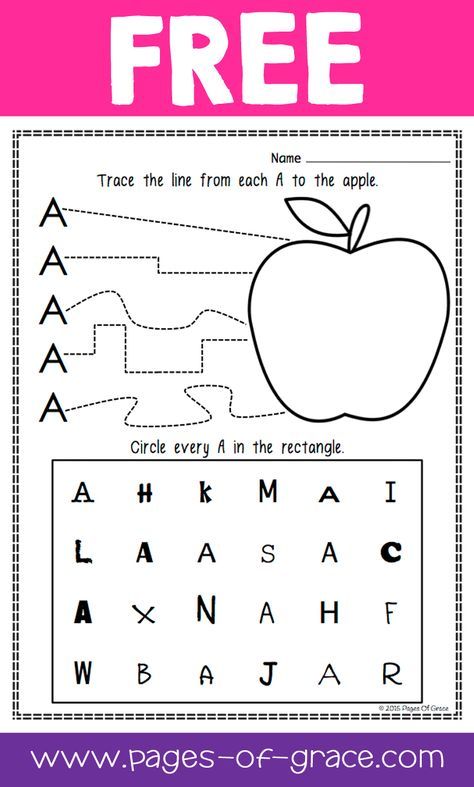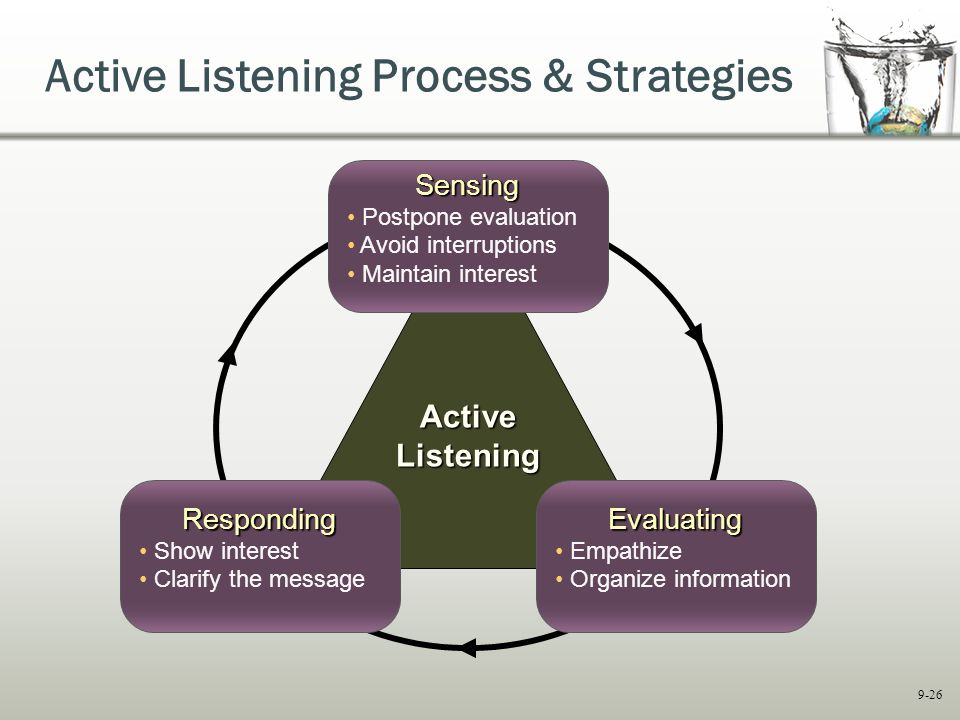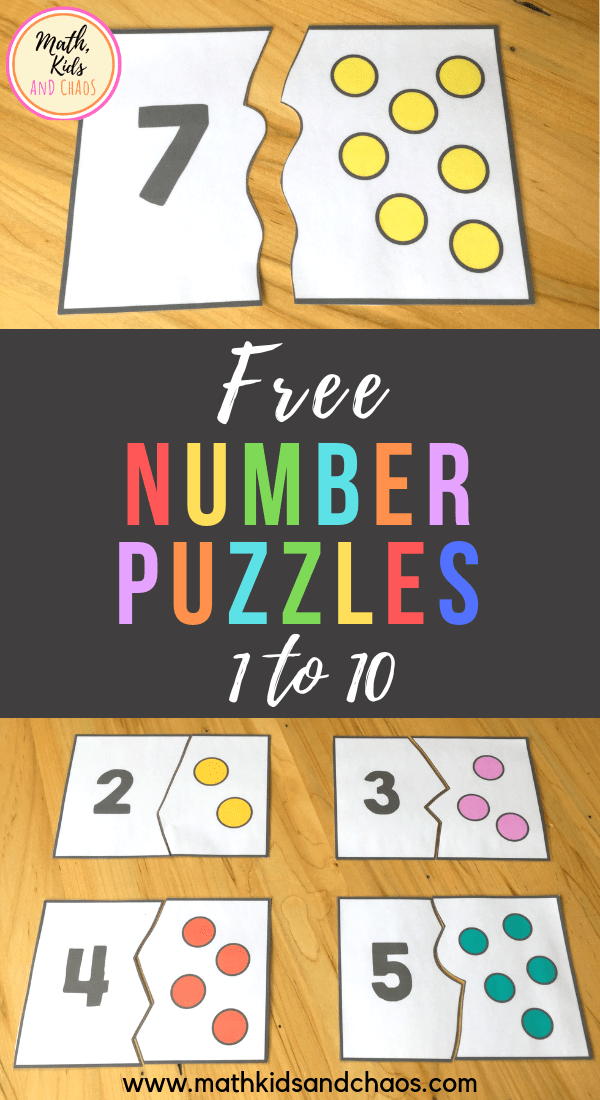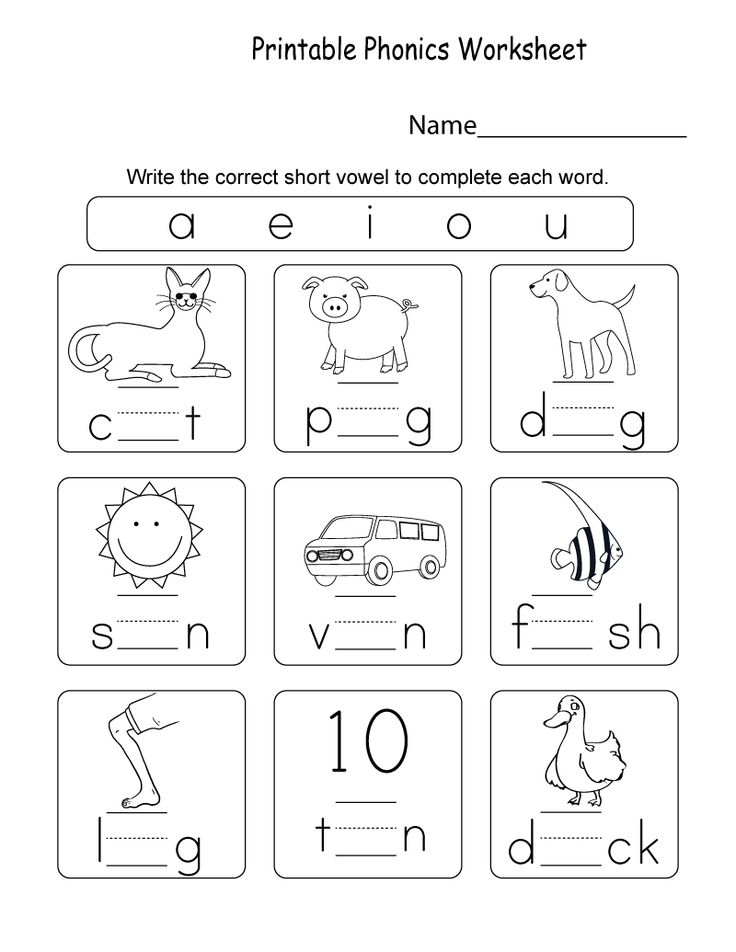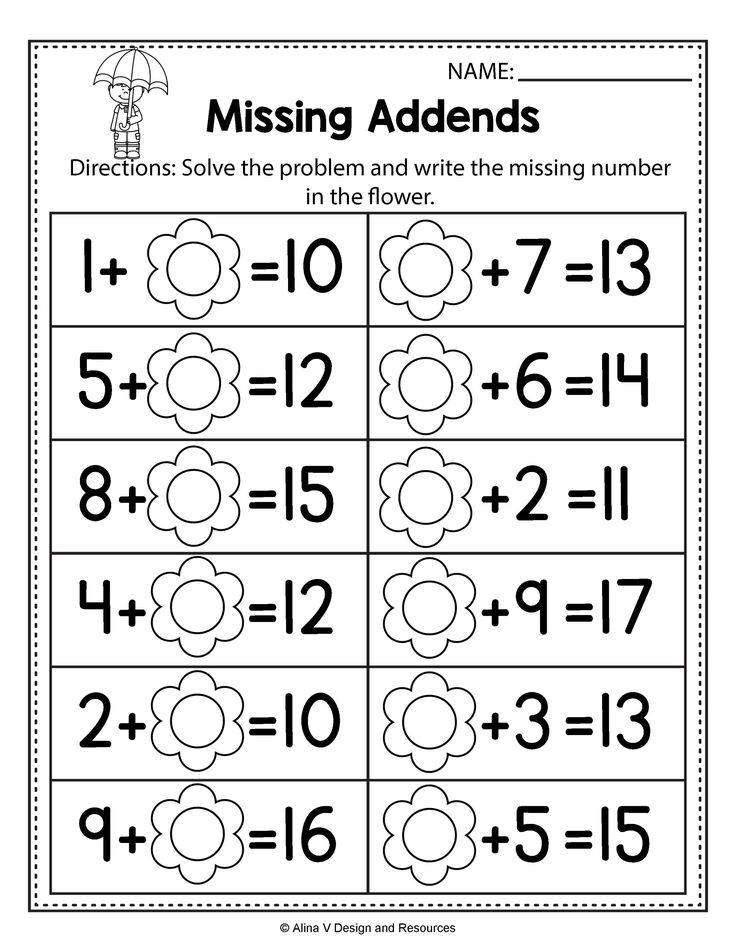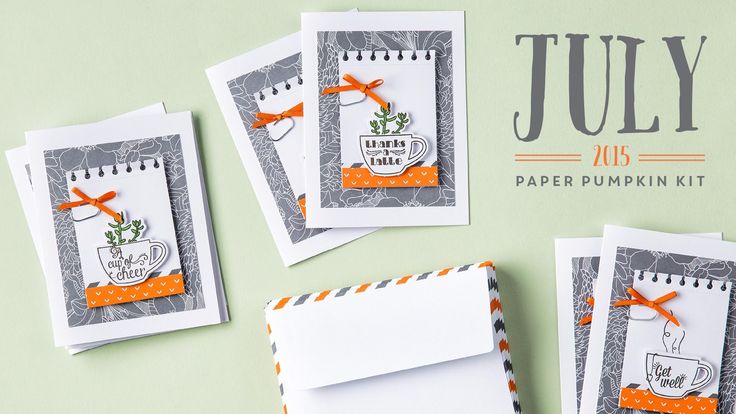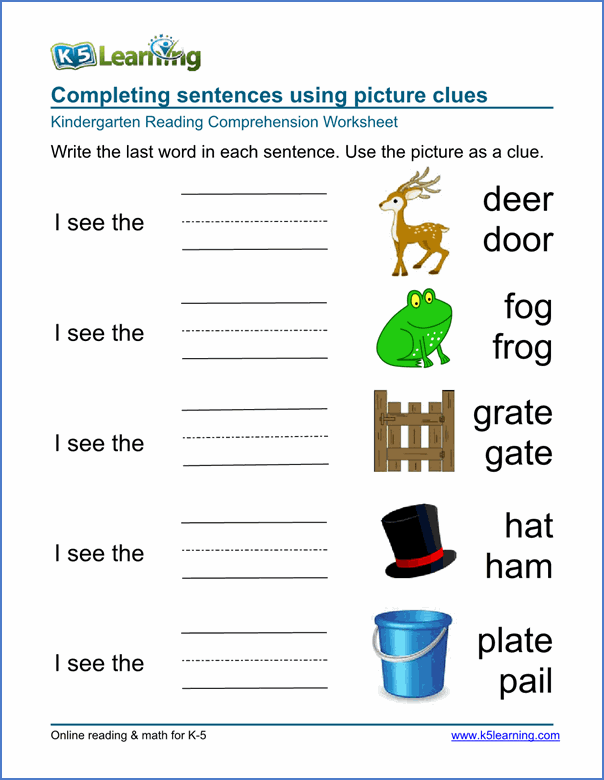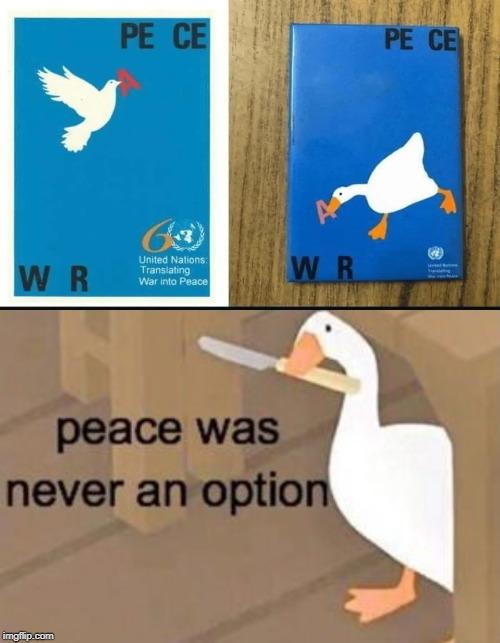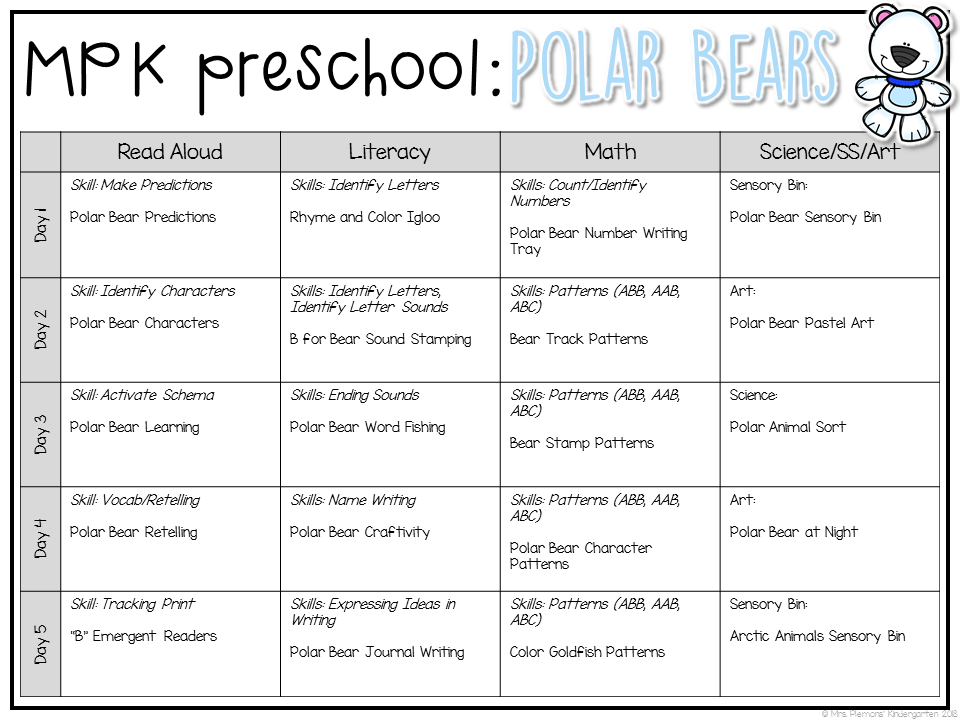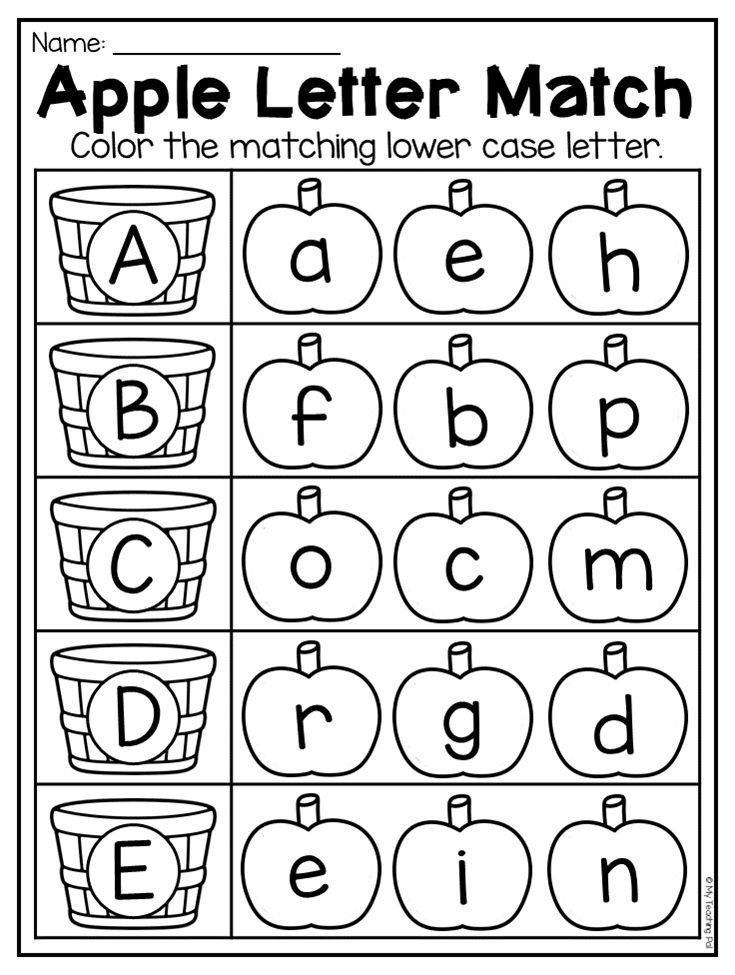Letter a recognition
14 Letter Recognition Activities for Preschoolers
- Share
Helping preschoolers to gain letter recognition skills does not need to feel like “work.”
The best way to teach letter recognition is through play, in a fun, stress-free, and positive manner.
Here’s a brief intro to letter recognition, followed by 14 letter identifying activities.
What Letter Recognition Means
Learning letter recognition skills involves several different hands-on components.
Children need to distinguish the shapes of letters from each other (visually recognize them) and be able to point to and state the letter names, as well as the sounds made by each letter.
In addition, they must learn to form letters and write them.
These skills do not all need to be accomplished during the preschool years and in fact, preschoolers are not yet developmentally ready to learn to read and write.
By simply exposing children in a fun way, you will begin the process of laying down foundational pre-reading and writing skills.
When Should a Child Recognize Letters of the Alphabet?
Although you can read about average ages when kids gain alphabet skills, those often vary widely.
Just as children learn to walk and talk at different ages, the same is true for recognizing letters of the alphabet.
They each learn at their own pace, depending on many factors.
How to Build Skills to Prepare Children for Letter Recognition
Through fun play activities, parents can help their children gain various developmental skills that prepare preschoolers for letter identification.
Those types of skills include visual perception, memory and auditory perception.
What this means is that learning the letters does not in fact start with exposure to the actual letters, but rather to play activities that develop these skills.
Visual Perception
Visual perception refers to a child’s brain making sense of what their eyes are seeing, such as details and shapes (shape recognition).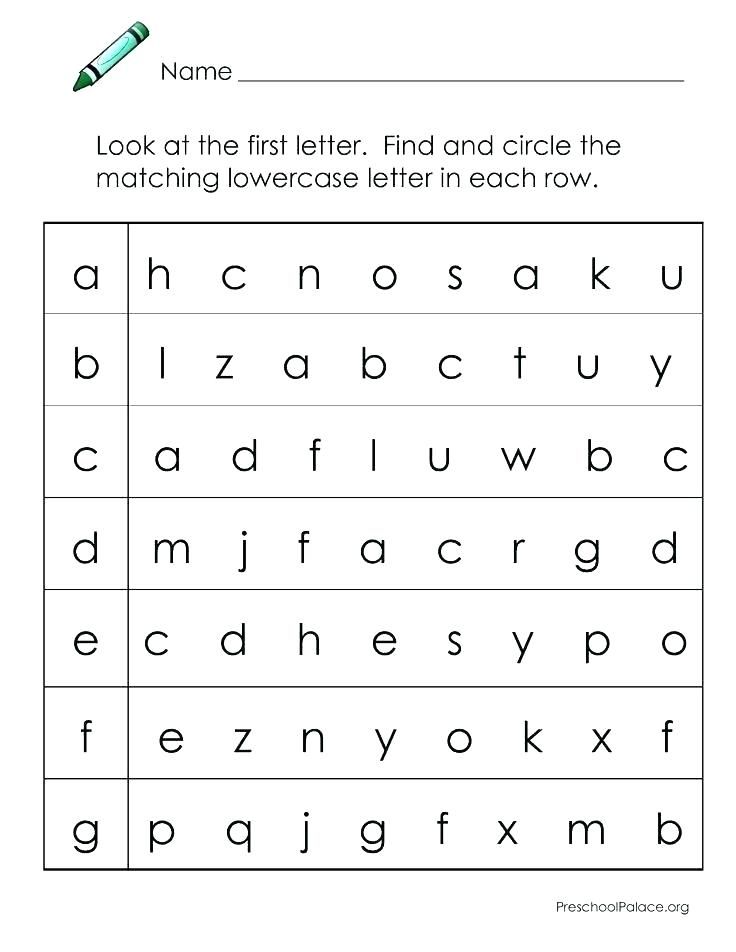
These skills also include visual-motor and eye-hand coordination.
Helpful kinds of activities include:
- Those that exercise the large muscles (such as throwing/catching).
- Small motor activities (like lacing).
- Visual perception (such as building puzzles).
- Limiting screen time, which has limitations related to visual perception skills.
Memory
Memory development relates to storing and using information in the brain.
Stress-free activities to enhance these skills include:
- Simple card games
- Memory card games (get your own by downloading the FREE set of printables at the end of the post)
- Talking about fun memories
- Story visualization
- Reading and talking about books
- Visual memory games, like picture bingo
- Auditory memory games
Auditory Perception
Auditory perception includes the brain’s ability to distinguish sounds and words, which is important for learning the sounds of letters.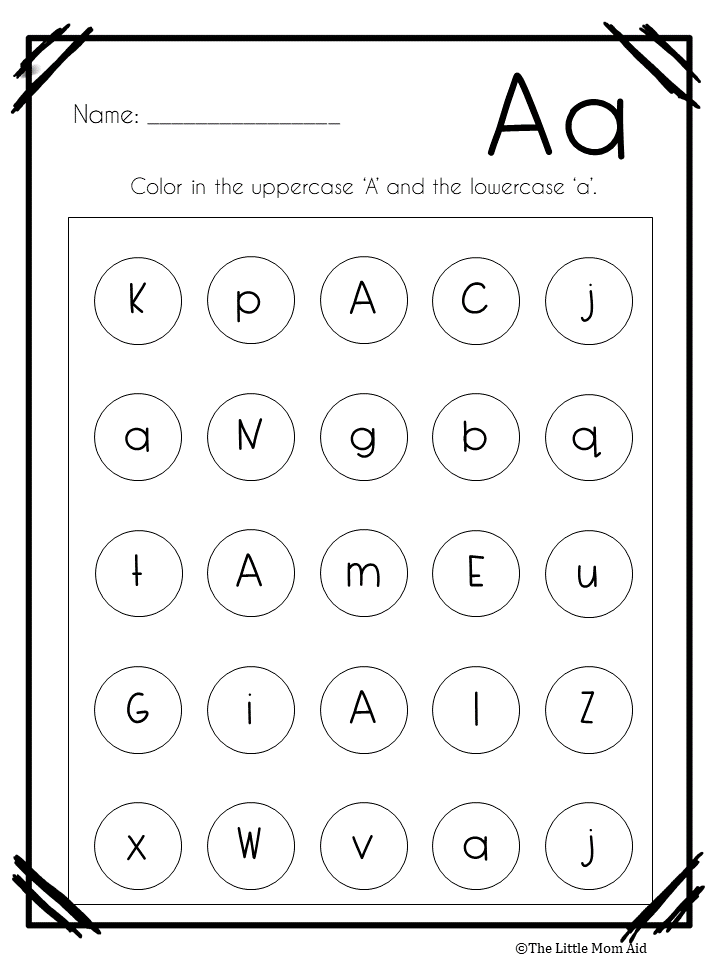
These are the kind of activities that can support this skill:
- Listening to music
- Distinguishing animal sounds
- Clapping out copied rhythm patterns
[source]
How to Teach Letter Recognition to Children
Even before children show an interest in print, these kinds of activities are meaningful and fun and will set the stage for letter recognition:
- Reading to them
- Sharing poems and nursery rhymes
- Talking to them
- Telling stories
- Singing songs to or with them
Keep it fresh, keep it new, and be willing to return to their favourite activities when asked.
As your children show a growing interest in print, make it available to them whenever possible.
Instead of keeping that book to yourself as you read to them, show children the words, running your fingers over them as you read. Let kids turn the pages of books.
Have books available in the home to which kids have constant access.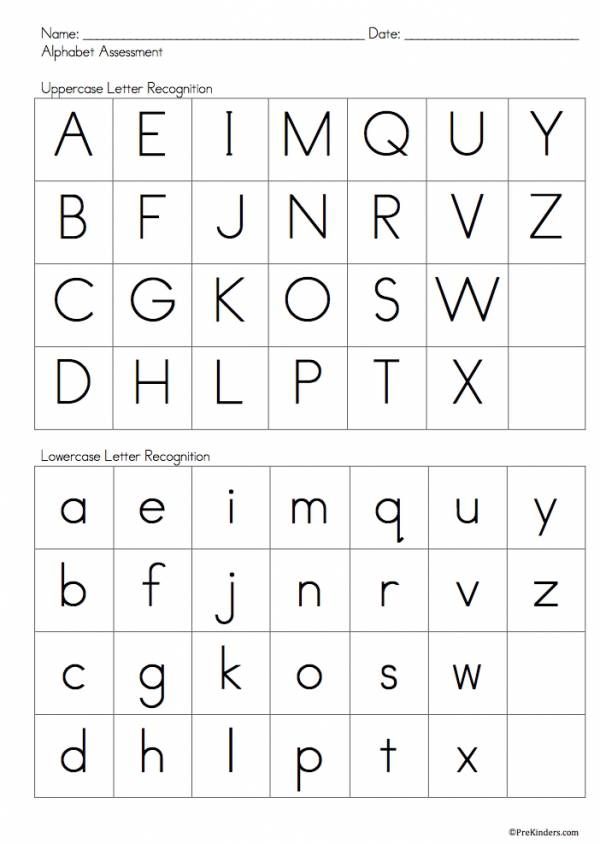
So many things around the house contain words, like packages, lists, letters, emails, screens, magazines, and greeting cards.
Point and touch as you read, showing children that you are using words daily, expressing how much can be learned through their use.
Write in front of your kids for all different purposes, at least sometimes spelling aloud.
Make drawing and writing tools and surfaces available to children at all times, indoors and out.
Don’t just offer the traditional papers and crayons – include:
- Drawing with sticks in the sand
- Writing on clay or playdough
- Drawing on shower and bath walls with soap
Should I Teach the Letters in a Specific Order?
Instead of teaching letters in any special, prescribed order, focus on those that are used most often and in order of importance for your children.
They typically want to know about the letters:
- In their names.
- In “MOM” and “DAD”.
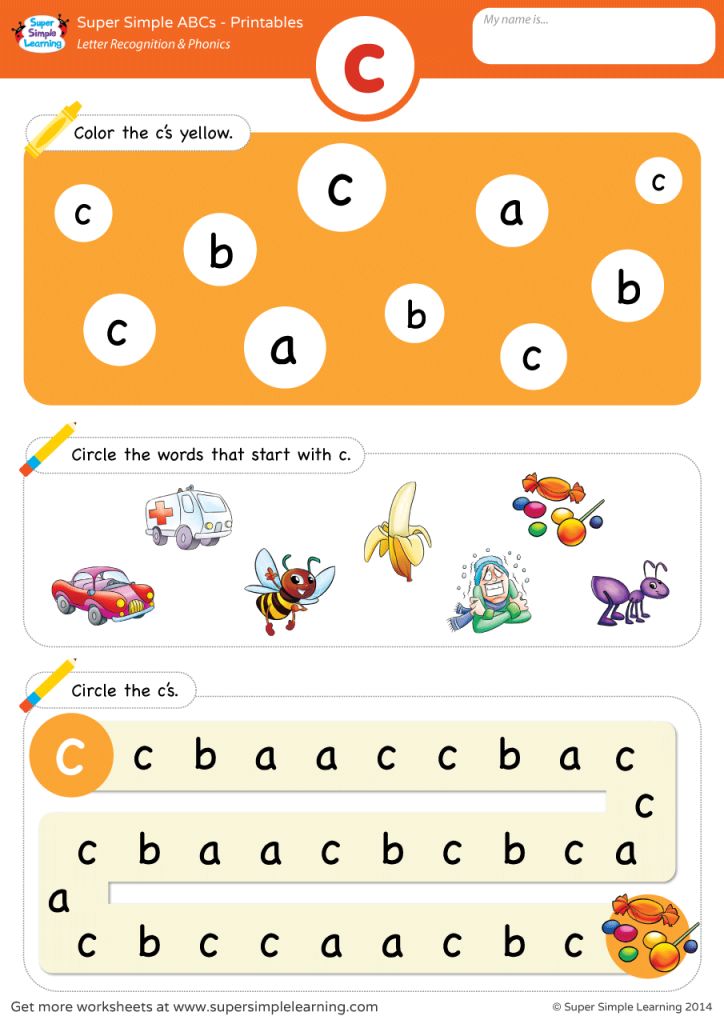
- In a pet’s name.
- In environmental print (like on STOP or WALK signs).
- In outstanding words from a favourite storybook.
Think about and pay attention to those letters and words that appear to be interesting to your kids, using them as the foundation to build upon.
Then, when children are ready to formally learn the letters, teach them using sets of letters that make the most combinations of words, as explained in this article on teaching letters.
Is it Better to Teach Upper or Lowercase Letters First?
For preschoolers, the field of occupational therapy makes a good case for beginning with capitals in handwriting letter formation.
They are formed from larger lines and curves that avoid retracing and changing directions, while still teaching top to bottom strokes.
If children try to form letters for which their visual-motor skills are not prepared, they sometimes build poor habits that can be difficult to break later on.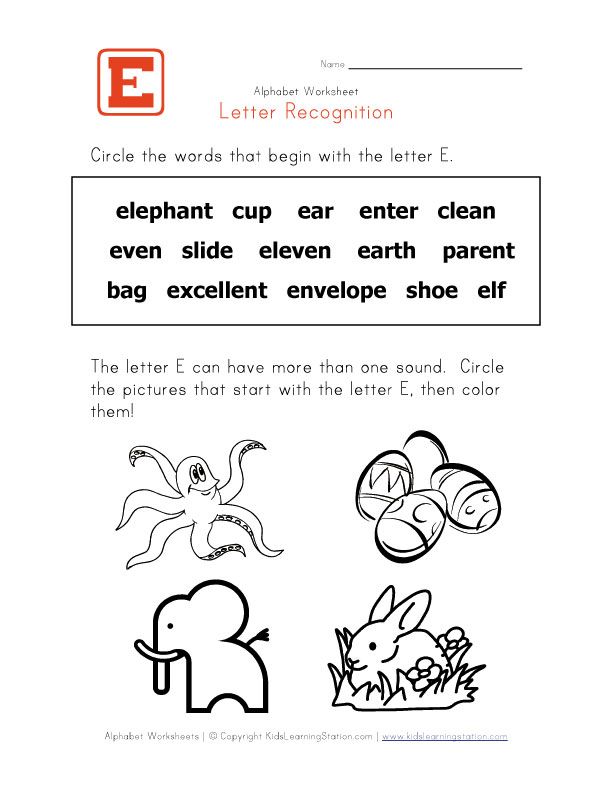
Of course, your children may be familiar with lowercase letters, seeing them in many print formats, and gradually learning to identify them.
When their motor skills are ready, they typically make an easy switch to including them along with uppercase when they write.
[source]
Letter Recognition Activities and Games for Preschoolers
Here are some fun ways to teach letter recognition through play.
1. Point Out Environmental Print
Print is all around us.
Point out, talk about and stress the sounds of words on signs (such as favourite restaurants and traffic/street signs), cereal or other product boxes/labels, and familiar logos.
2. Share Rhyming Books
Read favourite rhyming books to your children, accentuating the rhyme and rhythm.
Afterwards, play an oral game of stating some rhyming words from the story and adding a new rhyming word of your own.
Challenge your kids to come up with more words that rhyme.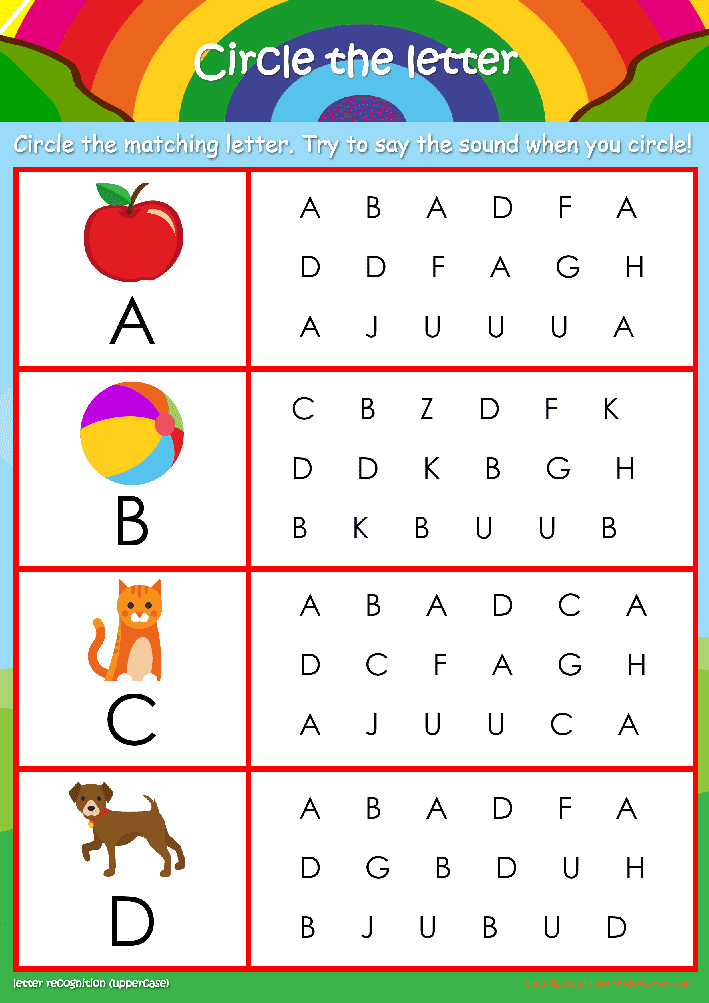 Either real or pretend “words” are okay, as it is the rhyming factor that counts.
Either real or pretend “words” are okay, as it is the rhyming factor that counts.
3. Letter Hunt
Point out and talk about the letters in your child’s name, making them clearly visible in print.
Show them how you find one of those same letters in a magazine or newspaper and cut it out as a rather square piece (not necessarily trying to cut out close to the letter’s edges).
Challenge them to find other letters from their name in print and cut those out, as well.
After all the letters have been found, they can arrange them in the correct order for their name.
These may be kept in a small bag for future use or glued onto a coloured sheet of paper to post on the fridge or in your child’s room.
Instead of cutting, another option is to use different colours of highlighters to mark various letters found in print.
4. Play with Plastic/Wooden Letters
Letters may be sorted and put into piles in different ways:
- Those with curves
- Letters with straight lines
- Those from a child’s name or other important words
- Letters they can name
- Those for which they can say the sounds
Letters with magnets may be used on the fridge or on a magnet board for sorting purposes.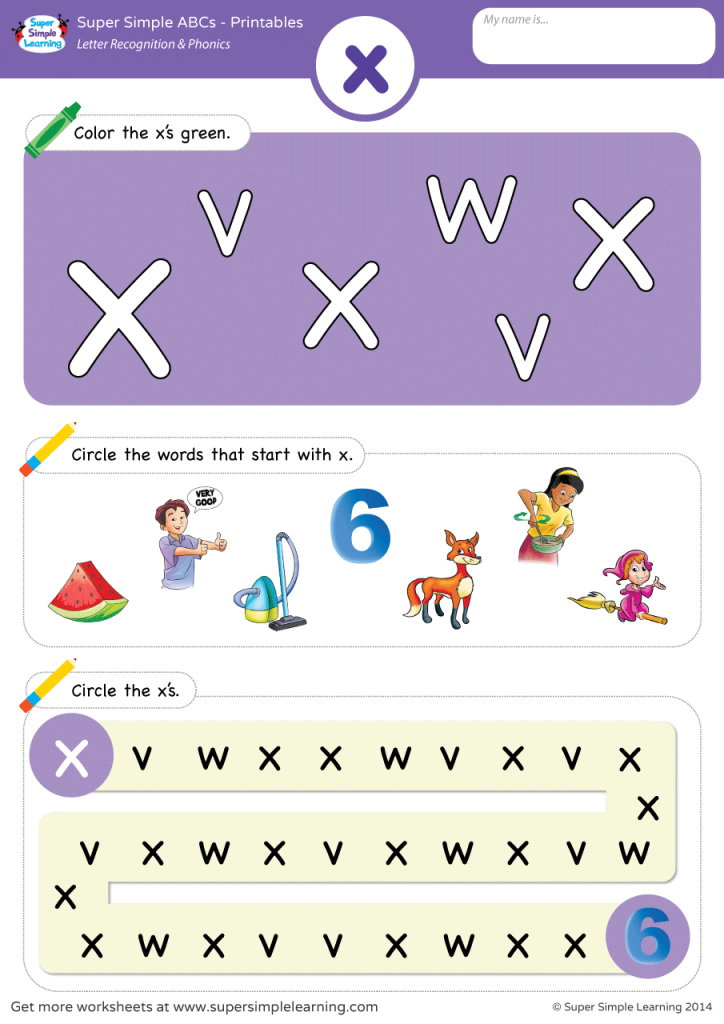
5. Bake Letters
Use bread or pretzel dough to form letters with your children, then bake them to be eaten later.
While you work, talk about the letter names, sounds, and easy words (like their names) that may be formed.
Special baking tins and cookie cutters may be purchased to bake letters. You can also bake oblong cakes and cut them into large letter shapes, as well.
6. Form Letters with Familiar Materials
Offer kids various types and colours of pasta to form letters on flat backgrounds, either to glue into place or to leave loose and rearrange into different letters.
Other materials to explore might include:
- Dry breakfast cereals
- Buttons or pennies
- Cotton balls
- Dried beans
- Mini-marshmallows
- Toothpicks
- Rice
- Yarn
7. Form Letters with Unusual Materials
Using a tabletop or oblong baking pan with low sides, spread shaving cream or pudding for children to trace letters into with their fingers.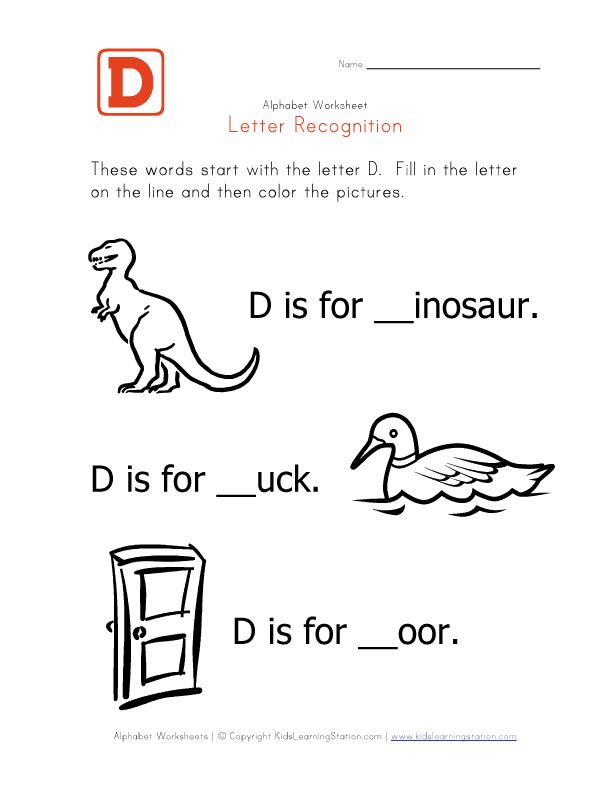
The same may be done with sand (or moved outside), to trace in with fingers or safe “sticks,” like pencils, dowels, or rulers.
8. Go on a Scavenger Hunt
Have children choose a letter card or cutout. Talk about how the letter looks and sounds.
Depending on children’s level of development, challenge them to find things around the house that have that letter printed on them or objects that begin with that letter’s sound.
9. Fish for Letters
Magnetic letter fishing games may be purchased or made with paper, magnets, paper clips, dowels, and string.
Name or pick a letter, focusing on how it looks and/or sounds. Kids then “fish” for the matching letters from the “pond.”
They can also just fish for a random letter and then name it once it is “caught.”
You can also use a version of this game later on, when children are learning to match upper and lowercase letters.
10. Play Musical Chairs with Letters
Add paper plates with letters or letters cut from cardboard right onto the chairs or onto the floor beneath.
Children walk around the circle and find a place to sit when the music stops. They each then name the letter on their chair or floor directly beneath.
11. Find Letters on a Keyboard
Make use of an old computer keyboard or typewriter. Get kids to name the letters as they touch the keys.
They can also find them to press as you say the names, sounds, or hold up cards, one letter at a time.
12. Spray or Write Letters Outdoors
Offer spray bottles with water for children to spray letters on driveways, sidewalks, or even the side of your house.
Another option is to use sidewalk chalk to write letters on the driveway, patio, or basketball court.
13. Form Letters with Bendable Materials
Get your children to bend pipe cleaners, chenille stems, or products like Wikki Stix (string covered in wax) to form letters.
Children often like to make multiple letters and form words, as well.
14. Find the Hidden Letters
“Bury” plastic or wooden letters in a sand table or sand box.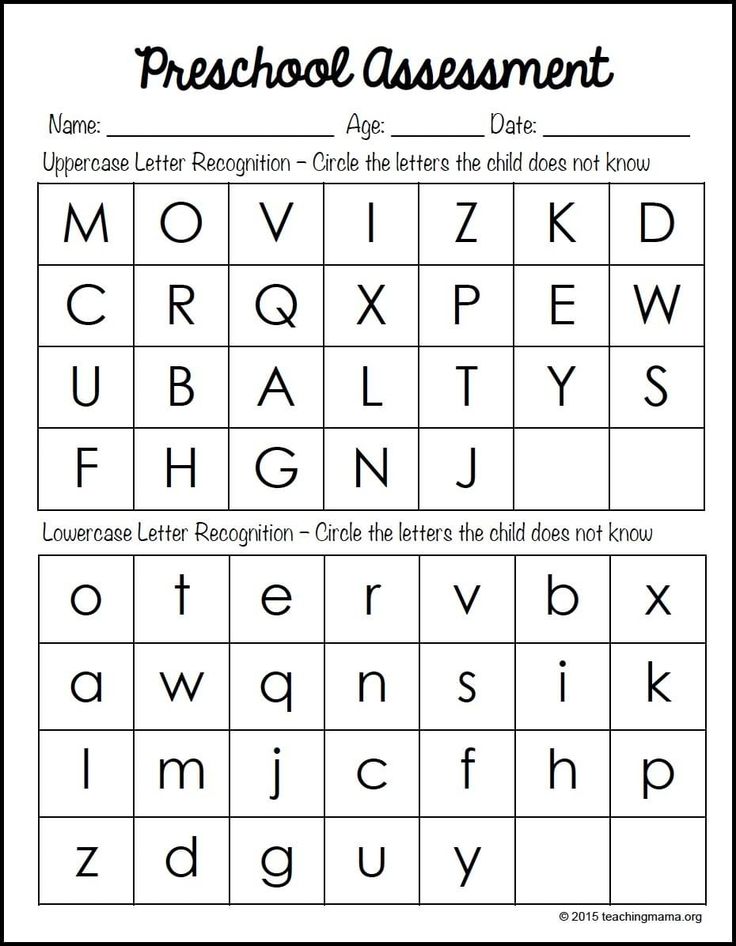 Ask children to name the letters as they are discovered.
Ask children to name the letters as they are discovered.
Other materials may be used as alternates in sand tables or large trays, such as coloured rice, pasta, dried beans, or birdseed.
All of these ideas for teaching letter recognition can help to strengthen a child’s early literacy skills.
Pay attention to where they stand in their development and keep raising the bar just a bit higher, while still returning to those games and activities in which they feel a high measure of success.
This is the key to learning.
Get FREE access to Printable Puzzles, Stories, Activity Packs and more!
Join Empowered Parents + and you’ll receive a downloadable set of printable puzzles, games and short stories, as well as the Learning Through Play Activity Pack which includes an entire year of activities for 3 to 6-year-olds.
Access is free forever.
Signing up for a free Grow account is fast and easy and will allow you to bookmark articles to read later, on this website as well as many websites worldwide that use Grow.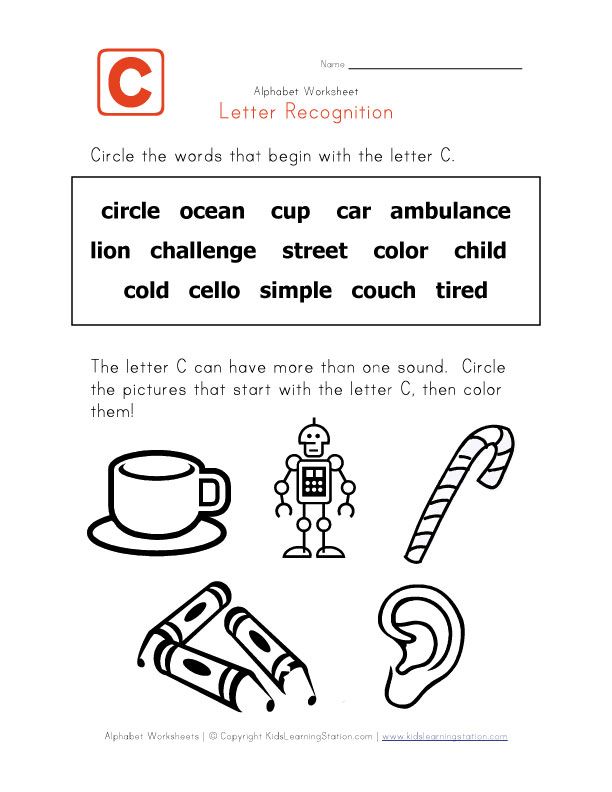
- Share
How to Teach Kids the Letters of the Alphabet
72 shares
- Share
- Tweet
Are you teaching letter recognition skills to your children? When it comes to pre-reading skills, Letter Recognition is an important part!
Learn how to teach and help your children learn their ABC’s with these tips and strategies!
If your kids are eager to learn the letters of the alphabet, provide them with a literacy-rich environment which includes letters and words around your classroom or home.
You can also add letters to your children’s play and introduce them to many different letter recognition activities.
What You'll Find On This Page
What is Letter Recognition?
One of the 5 Pre-Reading Skills Kids Need To Be Successful Readers is Letter Knowledge.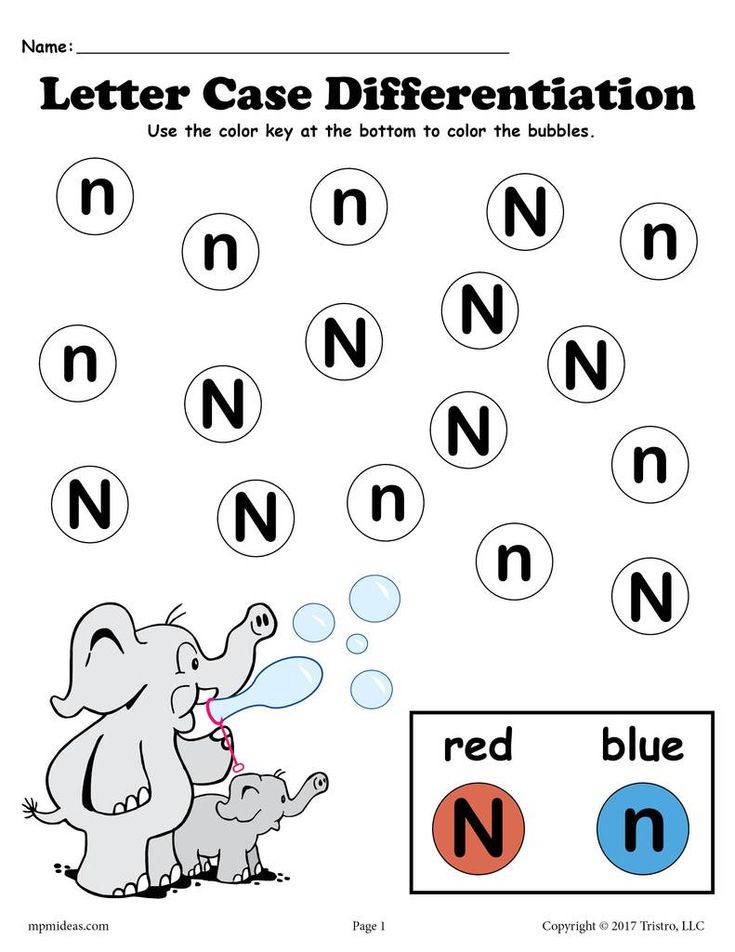 Letter Knowledge begins with Letter Recognition which is also known as Alphabet Recognition.
Letter Knowledge begins with Letter Recognition which is also known as Alphabet Recognition.
Letter Recognition is the ability to recognize and name all of the lowercase and capital letters. Children who know the letters can also distinguish between them.
Why Is Letter Recognition Important?
Being able to say the names of the letters quickly in sequential order will help children learn the sounds more easily.
Sometimes, a letter name will give children clues as to the sound that it makes too.
Kids who can easily name the letters of the alphabet are also more motivated to learn about words and how to spell. They have an easier time learning to read too.
Is My Child Ready To Learn The ABC’s?
Just like learning to walk or potty training, children need to be developmentally ready to learn the letters of the alphabet.
Before they can begin, they need to visually discriminate or recognize the similarities and differences between the different letter shapes.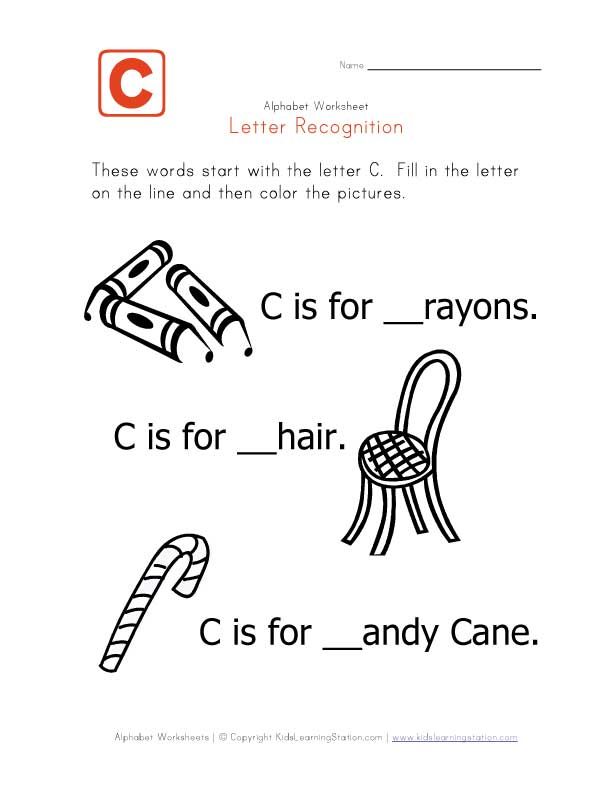
Children need to able to differentiate between straight and curved lines or tall and short letters.
They also need to understand the difference between letters, numbers, and other symbols.
What Order Should The Letters Be Taught?
When teaching your children the letters, you don’t have to introduce them in alphabetical order.
You should start with high-frequency ones like the letters in their names.
The letters in their names will have more meaning to them and give them more chances to practice recognizing those letters in different ways.
When first introducing the letters in their names and the rest of the alphabet, only give your children two unknown letters to work on at a time.
After they have mastered those letters, give them one or two more letters to learn until they know all 26!
Should My Child Learn Capital Letters or Lowercase Letters First?
Young children need to be exposed to both capital and lowercase and will need to learn all of them before becoming a successful reader.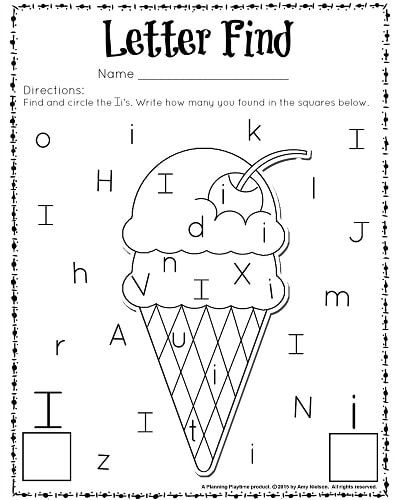
Even though lowercase letters are more common in reading, it’s easier for children to learn capital letters first.
They don’t confuse them like they do lowercase letters, because capital letters are easier to visually distinguish.
If you look at all of the capital letters, the only ones that are commonly mistaken for one another are capital M and W.
When teaching children two letters that can be mistaken for one another such as capital M and W, teach one at a time.
After your children know both letters, give them activities to reinforce the differences between the two such as sorting the two letters.
Letter recognition is an important part of pre-reading! Your children are on their way to learning how to read!
Your May Also Like:
Are you looking for Alphabet Activities to help you teach and your children learn the letters of the alphabet? From Letter Dot Painting to Letter Mazes, there are so many printable activities that will give your children a fun, hand-on way to learn the letters.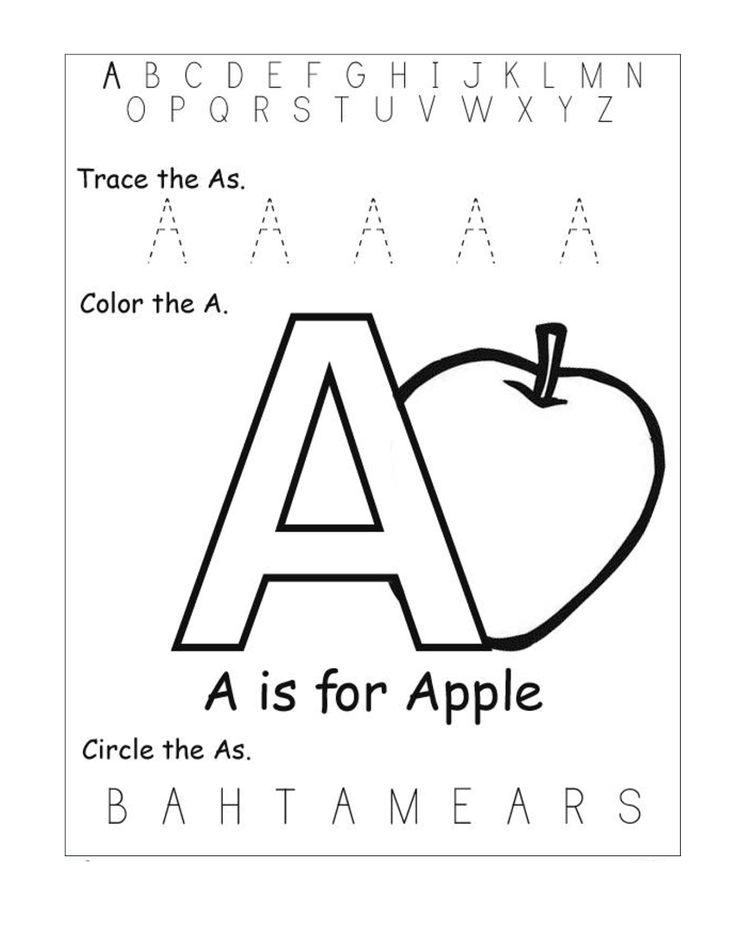
These interactive resources will help your kids to work on letter identification, formation, and much more. Click on the picture to learn more about the activities included in this bundle!
Letter Recognition Resources:
Your preschoolers and kindergarteners can use these letter recognition resources to help them practice the skills that they are learning.
- Letter Recognition Activities
- Letter Recognition Games
- Alphabet Sequence Worksheets from Homeschool Preschool
- Letter Recognition Cards
- Letter of the Week Crafts from Crystal and Comp
Love letters from great men to women: an example of a declaration of love
Today, one should not expect love letters from men or elementary serenades under the windows. But love opens up new facets in us - great men were capable of not just notes, but entire poems dedicated to their women.
Website editor
Tags:
Love
Declarations of love nine0003
people stories
Fotoimedia
Alexander Vasilyevich Kolchak
Russian military and political figure
“In a moment of moral fatigue or weakness, when doubt turns into hopelessness, when determination is replaced by hesitation, when self-confidence is lost and an alarming feeling of failure is created, when the whole past seems to have no meaning, and the future seems completely meaningless and aimless, at such moments I always turned to thoughts about you, finding in them and in everything that was connected with you, with memories of you, a means to overcome this state " .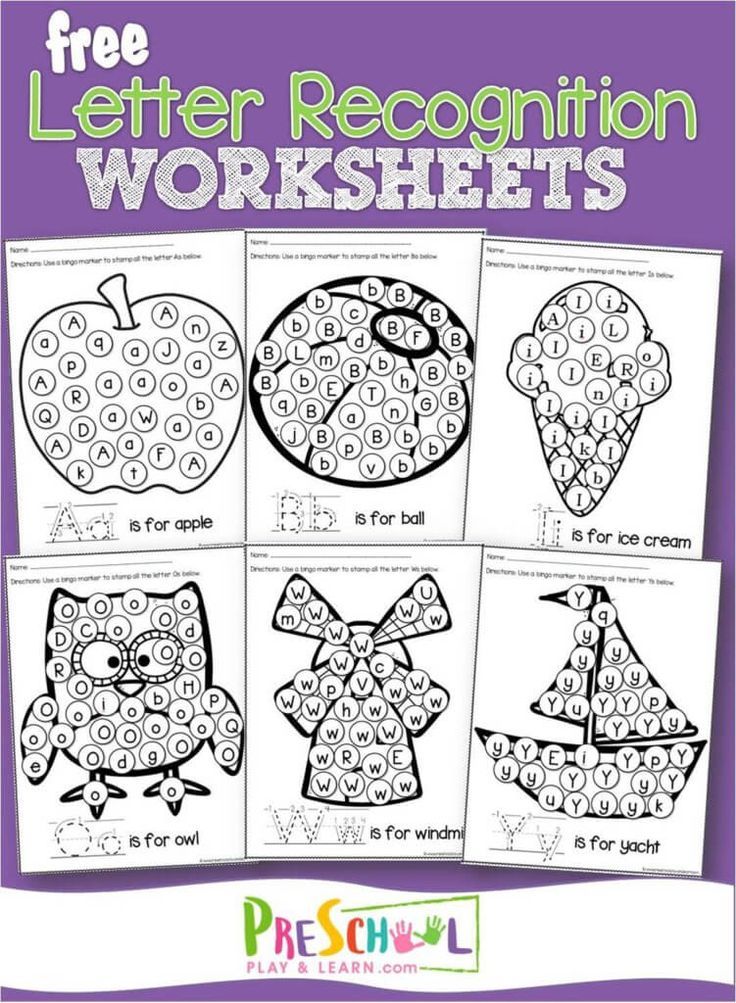 nine0003
nine0003
Addressed to Anna Vasilievna Timireva, artist and poetess.
May 1917
John Keats
poet of the younger generation of English Romantics
“My dear girl!
Nothing in the world could give me more pleasure than your letter, except you yourself. I am almost tired of being amazed that my feelings blissfully obey the will of that being who is now so far away from me.
ADVERTISING - CONTINUED BELOW nine0003
Even without thinking about you, I feel your presence, and a wave of tenderness overwhelms me. All my thoughts, all my joyless days and sleepless nights have not cured me of my love for Beauty. On the contrary, this love has become so strong that I am in despair because you are not around, and I am forced to overcome an existence that cannot be called Life in dull patience. Never before have I known that there is such love as you have given me.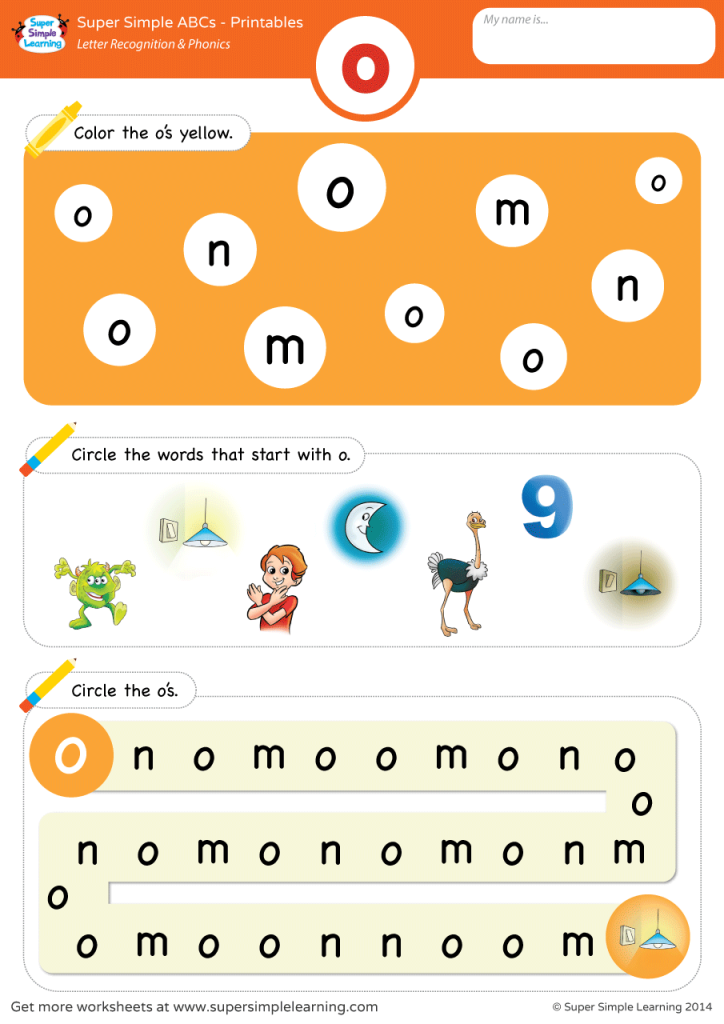 I didn't believe in her; I was afraid to burn in its flame. But if you love me, the fire of love will not be able to scorch us - it will be no more than we, sprinkled with the dew of Pleasure, can bear. nine0003
I didn't believe in her; I was afraid to burn in its flame. But if you love me, the fire of love will not be able to scorch us - it will be no more than we, sprinkled with the dew of Pleasure, can bear. nine0003
So let me talk about your Beauty, even if it is dangerous for myself: what if you are cruel enough to test her Power over others?
I must confess (since I've already mentioned it) that I love you even more because I know that you loved me exactly as I am, and for no other reason. I have met women who would be happy to be engaged to Sonnet or to marry Roman.
Always yours, my love! John Keats. nine0003
Addressed to Fanny Brown, fiancee of John Keats.
Alexander Sergeevich Pushkin
Russian poet, playwright and prose writer
“Today is the anniversary of the day I first saw you; this day in my life. The more I think, the more I become convinced that my existence cannot be separated from yours: I was created to love you and follow you; all my other worries are one delusion and madness.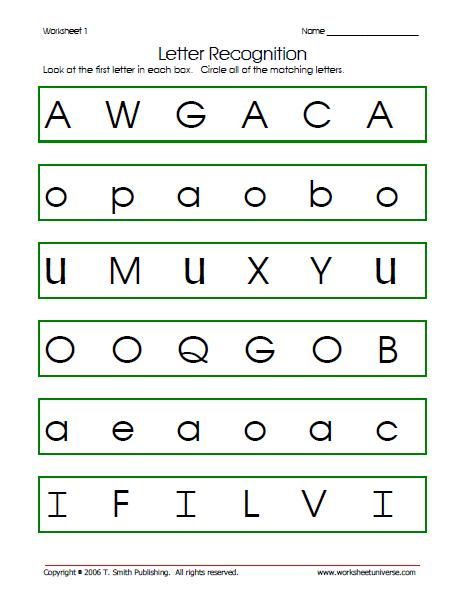 Far from you, I am relentlessly haunted by regrets about the happiness that I did not have time to enjoy. Sooner or later, however, I will have to drop everything and fall at your feet. The thought of the day when I will be able to have a piece of land in ... only smiles at me and enlivens me amid heavy anguish. There I will be able to wander around your house, meet you, follow you ... "
Far from you, I am relentlessly haunted by regrets about the happiness that I did not have time to enjoy. Sooner or later, however, I will have to drop everything and fall at your feet. The thought of the day when I will be able to have a piece of land in ... only smiles at me and enlivens me amid heavy anguish. There I will be able to wander around your house, meet you, follow you ... "
Addressed to Natalia Goncharova.
March, 1830
Lev Nikolayevich Tolstoy
Russian writer
“Sofya Andreevna, I'm getting unbearable. For three weeks I say every day: today I will say everything, and I leave with the same longing, repentance, fear and happiness in my soul. And every night, just like now, I go over the past, I suffer and say: why didn’t I say, and how, and what would I say. I'm taking this letter with me to give it to you if I can't do it again, or if I don't have the courage to tell you everything.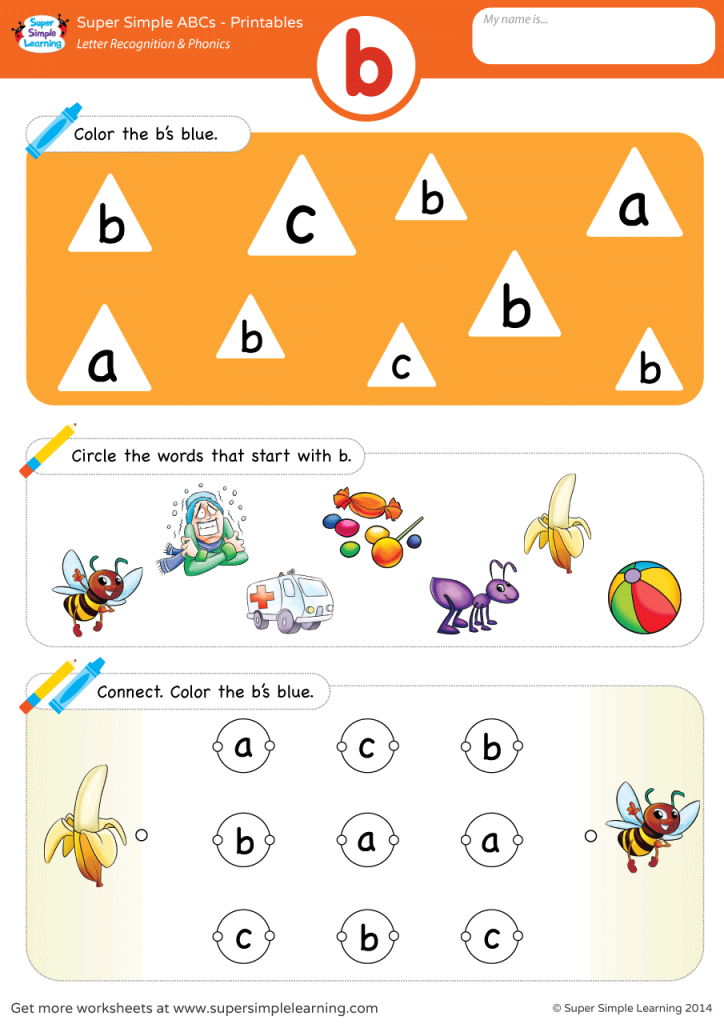 Your family's false view of me is, it seems to me, that I am in love with your sister Lisa. It's not fair. Your story stuck in my head because, after reading it, I became convinced that I, Dublitsky, should not dream of happiness, that your excellent poetic demands of love ... that I do not envy and will not envy him, who do you love. It seemed to me that I could rejoice in you as in children...
Your family's false view of me is, it seems to me, that I am in love with your sister Lisa. It's not fair. Your story stuck in my head because, after reading it, I became convinced that I, Dublitsky, should not dream of happiness, that your excellent poetic demands of love ... that I do not envy and will not envy him, who do you love. It seemed to me that I could rejoice in you as in children...
Tell me, honestly, do you want to be my wife? Only if with all your heart, you can boldly say: yes, otherwise it’s better to say: no, if there is a shadow of self-doubt in you. For God's sake, ask yourself well. It will be terrible for me to hear: no, but I foresee it and find the strength in myself to bear it. But if I will never be loved by my husband the way I love, it will be terrible!”
Addressed to Sophia Burns.
September, 1862
Honore de Balzac
French writer
“How I wish I could spend the day at your feet; resting your head on your knees, dreaming about the beautiful, sharing your thoughts with you in bliss and rapture, and sometimes not speaking at all, but pressing the edge of your dress to your lips! . .
.
Oh, my love, Eva, the joy of my days, my light in the night, my hope, admiration, my beloved, precious, when will I see you? Or is it an illusion? Have I seen you? Oh Gods! How I love your accent, barely perceptible, your kind lips, so sensual - let me tell you this, my angel of love. nine0003
I work day and night to come and stay with you for two weeks in December. On the way, I will see the Jura mountains covered with snow, and I will think about the snowy whiteness of the shoulders of my beloved. Oh! Inhaling the fragrance of hair, holding your hand, squeezing you in my arms - that's where I draw inspiration from! My friends are amazed at the invincibility of my willpower. Oh! They do not know my beloved, the one whose pure image cancels out all the chagrin from their bilious attacks. One kiss, my angel, one slow kiss, and good night!” nine0003
Addressed to Evelina Ganskaya.
Wolfgang Amadeus Mozart
Austrian composer and virtuoso performer
“Dear little wife, I have some assignments for you.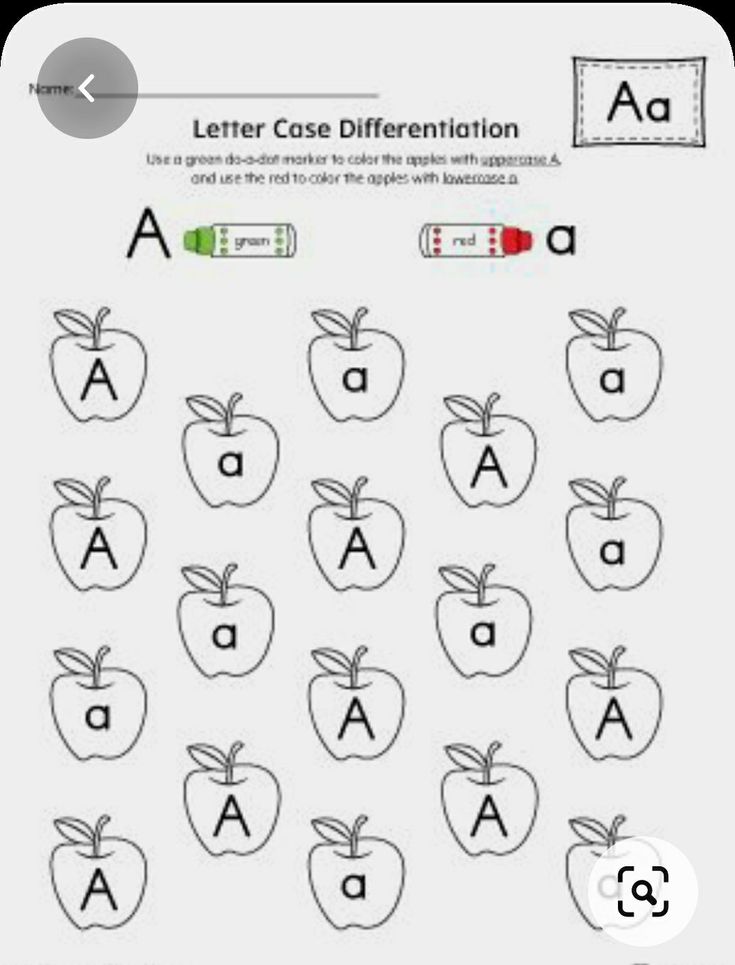 I beg you:
I beg you:
1) do not fall into melancholy,
2) take care of your health and beware of spring winds,
3) don't go for a walk alone - or even better, don't go for a walk at all,
4) be completely sure of my love. I write all letters to you, placing your portrait in front of me. nine0025 5) I beg you to behave in such a way that neither your nor my good name suffers, also watch your appearance. Do not be angry with me for such a request. You should love me even more because I care about our honor with you.
6) and in the end I ask you to write me more detailed letters. I really want to know if brother-in-law Hofer came to visit us the day after my departure? Does he often come, as he promised me? Do the Langeses come in sometimes? How is the work on the portrait going? How do you live? All this, of course, is of great interest to me. nine0003
Addressed to Constanta.
Source: Love letters of great people in three volumes
The EU did not receive a letter from Russia to recognize COVID-certificates - RBC adv.
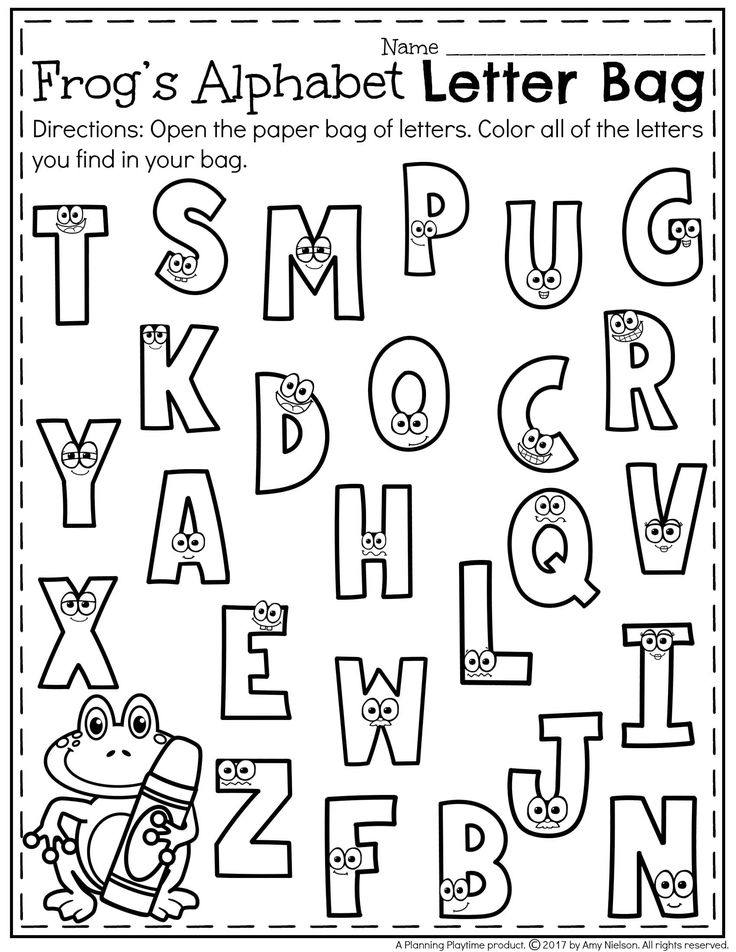 rbc.ru
rbc.ru adv.rbc.ru
adv.rbc.ru
nine0002 Hide bannersWhat is your location ?
YesSelect other
Categories
Euro exchange rate on February 1
EUR Central Bank: 76.3 (+0.52) Investments, 31 Jan, 15:54
Dollar exchange rate on February 1
USD Central Bank: 70.52 (+0.92) Investments, 31 Jan, 15:54 nine0003
How a business can carry goods in the city: 5 facts that will surprise you RBC and Gas, 11:09
We rented a room and made repairs: the landlord will pay for it Pro, 11:00
The head of the Federal Air Transport Agency spoke about the stress scenario for the industry without state support Business, 11:00
adv. rbc.ru
rbc.ru
adv.rbc.ru
Turkey opposed warships in the Black Sea Politics, 10:58
Haley, who ruled out friendship with Russia, decided to run for US President Politics, 10:55
Oldest Olympic competitor dies Sport, 10:55
The American TV channel announced the timing when Ovechkin will beat Gretzky's record Sport, 10:55
Cyber Monday: up to -50% discount on All RBC Pro
Get all the features of the service at half price until February 1
Buy at a discount
FSB detained suspects in terrorist attacks on the railway Society, 10:48
DGP learned about Zelensky-Biden meeting plan in Poland Politics, 10:47
Business, adrenaline and sports: how to build character RBC and Gazprombank, 10:46
Tesla stocks and electric cars fell sharply.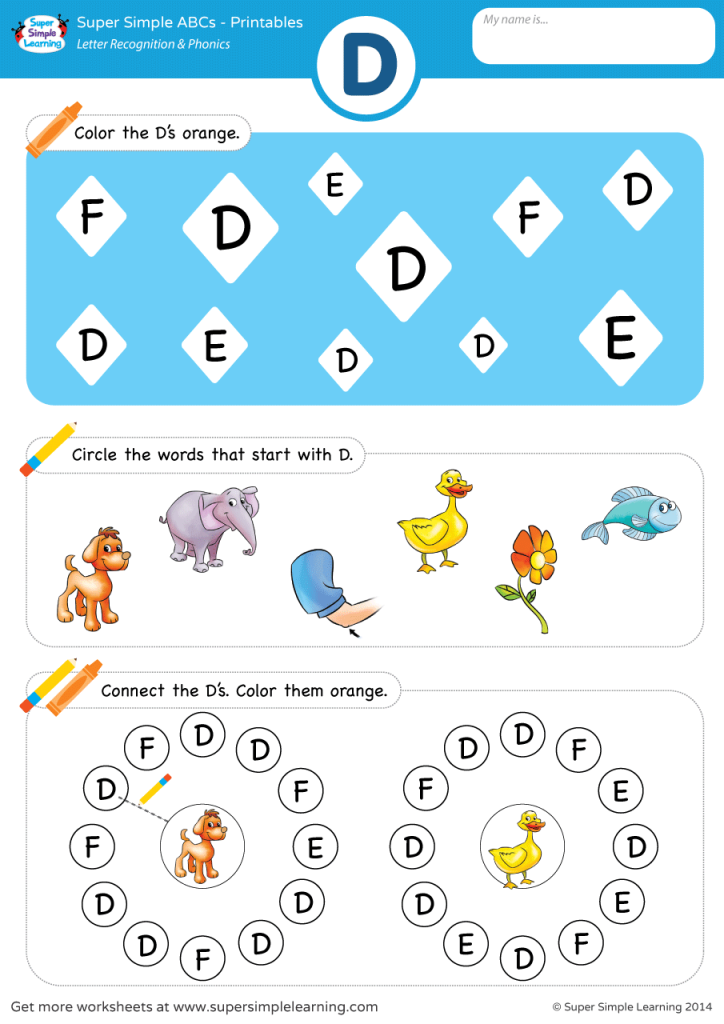 How will competitors from China respond? Pro, 10:41
How will competitors from China respond? Pro, 10:41
The deputy criticized for the video from Mexico will go to the special operation zone Politics, 10:35
Matvienko proposed to introduce a moratorium on the law on public procurement Economy, 10:29
Fedor Emelianenko decided to become a coach after his retirement Sport, 10:28
adv.rbc.ru
adv.rbc.ru
adv.rbc.ru
Russia did not send a letter to the European Union requesting recognition of COVID-certificates, said EU Ambassador Ederer. Brussels proposed to start the procedure for mutual recognition of documents last summer
Photo: Yara Nardi / Reuters
In order for the EU to recognize Russian COVID-certificates, Russia needs to send a letter to the European Union with a request to recognize their equivalence.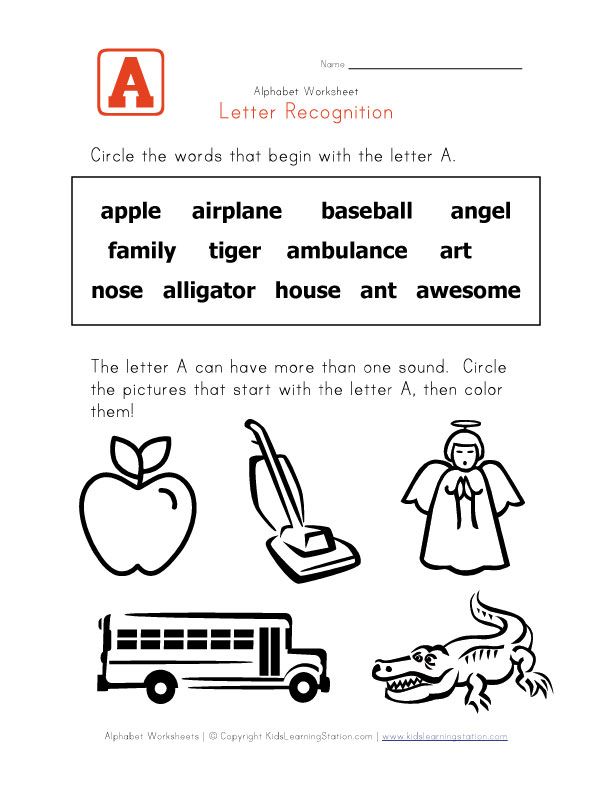 As of the beginning of this year, it has not been received, EU Ambassador Markus Ederer said at a press conference in Moscow on January 17. nine0003
As of the beginning of this year, it has not been received, EU Ambassador Markus Ederer said at a press conference in Moscow on January 17. nine0003
“I can report that in October there was a technical online meeting between representatives of Russia and the EU on equivalence. It was a positive meeting, experts discussed how to do this, Russia said that it was interested in achieving equivalence at the political level, ”he said about the state of negotiations, answering a question from RBC. However, so far, according to the ambassador, the situation has remained unchanged.
adv.rbc.ru
Mutual recognition of COVID-certificates would allow vaccinated citizens of the EU and Russia to make mutual travel based on vaccination certificates obtained in their countries, without the need to provide additional documents and without Russian vaccines being officially approved by the European Medicines Agency (EMA), Ederer explained earlier. Brussels invited Moscow to start the process of mutual recognition in July last year.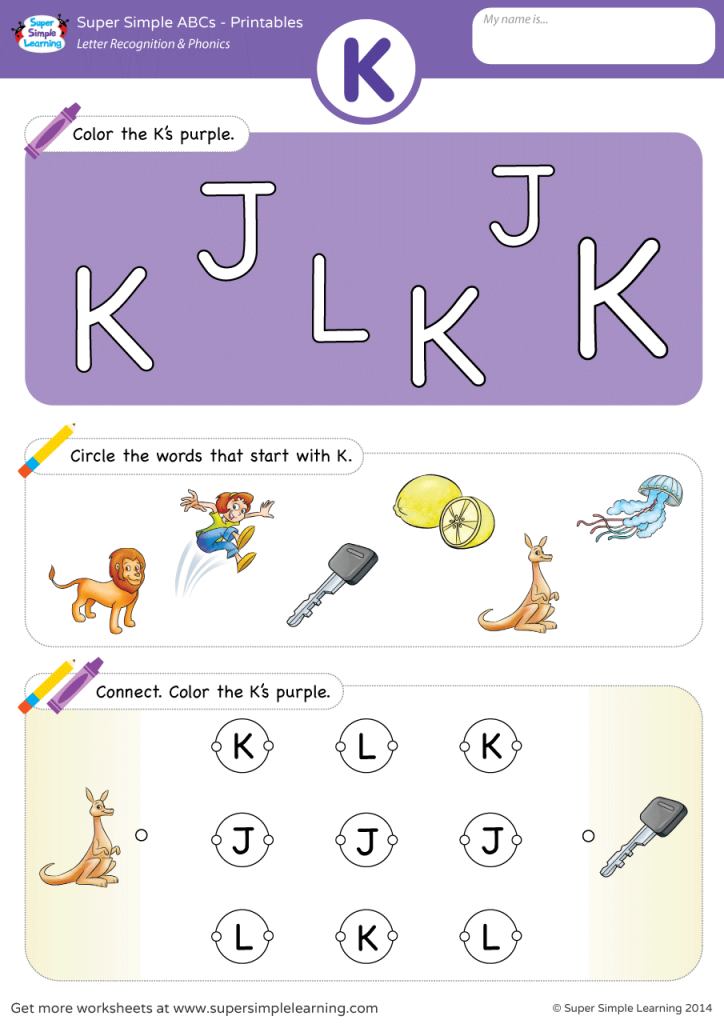 Now the EU recognizes vaccination documents of 33 countries, including Armenia, Georgia, Israel, Serbia, Turkey, Ukraine. nine0003
Now the EU recognizes vaccination documents of 33 countries, including Armenia, Georgia, Israel, Serbia, Turkey, Ukraine. nine0003
adv.rbc.ru
On November 12, the European Commission reported that Russia had taken the first step and provided the EU with the documents needed to test the technical compatibility of the Russian and European vaccination control systems. After that, an application was to be submitted for the recognition of Russian certificates of vaccination against COVID-19 as equivalent to European ones.
At the end of November, Russian presidential spokesman Dmitry Peskov pointed out that the possible recognition of documents on a completed course of vaccination against infection is a "technological process" that consists of different tasks. He allowed that mutual recognition of certificates could occur within "a number of months". nine0003
The EU Ambassador commented on the EMA recognition of the Russian Sputnik V vaccine. “The situation remains unchanged.